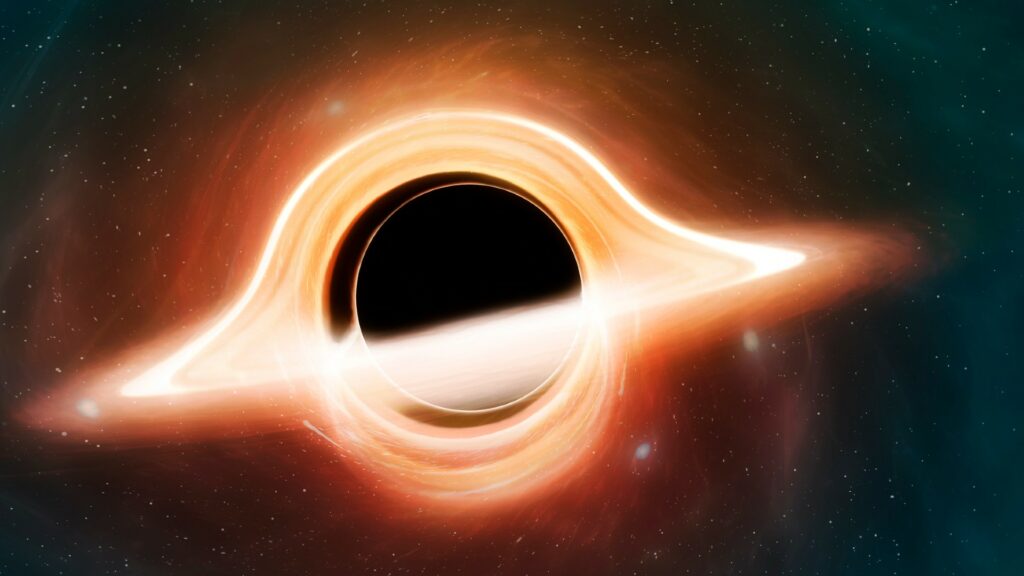
Hey everyone! So for this first blog post I have created a video about life cycle of Stars and how black holes form and look like. I used Screencastify to record my screen and used Capcut to edit it and incorporated animations, images, and scientific concepts to explain how black holes form. Most of animations came from sources such as Stargaze, Science Channel, Discovery, National Geographic.
- Coherence Principle – Okay, so this one was about keeping things focused and avoiding unnecessary info. I had to remind myself a few times not to get carried away with cool facts that didn’t really help explain black holes. For example, instead of going off on a tangent about the entire life cycle of a star, I kept it simple by only explaining the parts that lead to black holes. This way, viewers don’t get overwhelmed with too much info. It also helped me cut down the length of my video, which is always a win!
- Redundancy Principle – One big thing I learned from Mayer is that too much info at once is a bad thing. In my video, I tried not to put text on the screen while also narrating the same thing. Like, when I explained the singularity, I didn’t write it out on the screen; I just described it while showing the visual. This way, people can focus on what I’m saying without being distracted by unnecessary text.
- Signalling Principle – I made sure to use highlights to point out the key parts of the star lifecycle. For example, while talking about the different life stages of a star, I zoomed in and magnified each stage to really draw attention to it. When you’re looking at something like a lifecycle of star, it’s super easy to get lost in all the visuals. That’s why adding those visual cues, like magnifying, helped guide the viewers to the important parts. Honestly, this was one of the easier principles to apply, but it made a big difference in making everything clearer and more engaging.
- Modality Principle – So, this principle basically says that people learn better when they listen to narration instead of reading a bunch of text. I kept this in mind by explaining the visuals with voiceovers rather than just putting up labels or text. Like when I explained the singularity, I used an animation to show how gravity becomes so intense near the center of a black hole that even light bends around it. I spoke over the animation instead of using text, so viewers could focus on the visual while listening to my explanation. This way, it was easier to understand without overwhelming them with too much information at once.
- Segmenting Principle – I broke the task into three parts, I started off by explaining how stars work, then went into what happens when they die, and finally talked about how black holes form. It will give viewers brains enough time to process each concept properly, which is also exactly what Cognitive Load Theory is about.
I imagined the audience the class of EDCI 337, students from different programs and majority who might not be super familiar with black holes or life cycle of stars but are super curious about it.
As I applied Mayer’s principles, I realized how important it is to think about how people are going to absorb the information. I found the signaling and coherence principles pretty easy to implement, but redundancy was harder. I kept wanting to add extra text to explain things better, but I had to stop myself.
I found using screencastify and the video editor a tough task and I feel like I’ve got a better handle on how to design multimedia that actually helps people learn.
I really liked how you detailed the principles you focused on when making your screencast this week.
I personally found you toed the line perfectly with having text on the screen whilst explaining concepts. The only text on the screen that was present was necessary to explain the diagrams being shown. Did you find trying to figure out how much text was appropriate and inappropriate difficult? What do you think is the line in the sand for the coherence principle?
Thanks so much for teaching me about stars! Space in general is so beautiful and vast.